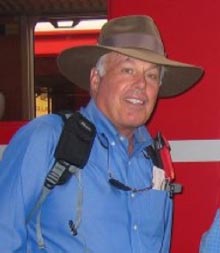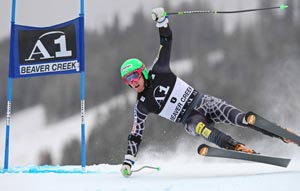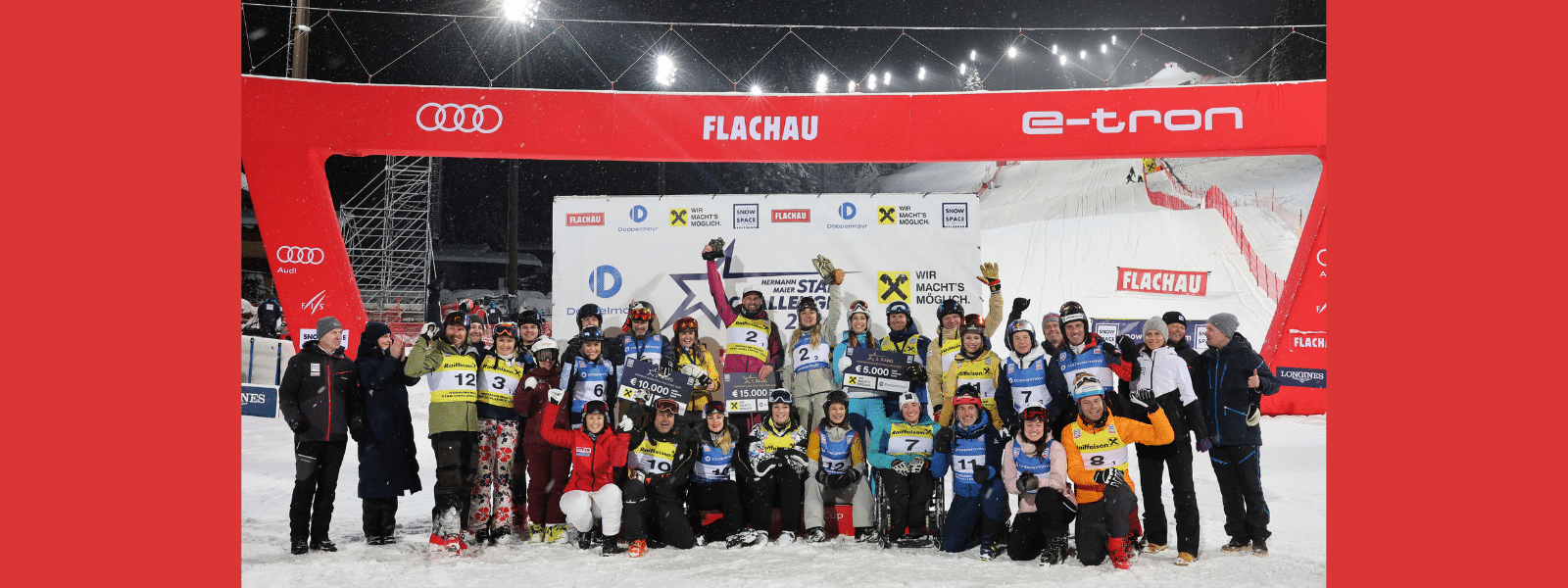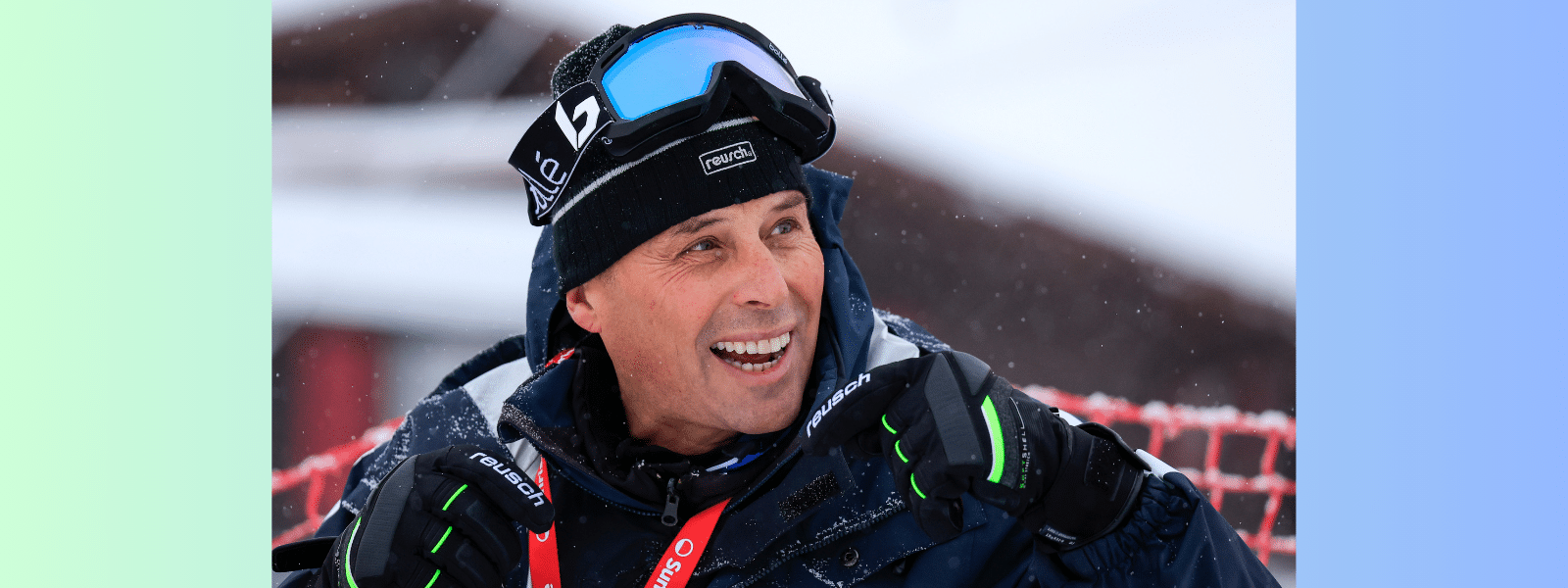Black Diamond: Calendaring issues need to be thought through
 Future calendars were the critical agenda items for the FIS World Cup Committee meeting in Zurich early this month. Fortunately for the circuit, decisions were tabled for further deliberation. The postponement was the best solution to what are complex and difficult calendaring considerations and one which puts much more than scheduling at stake.
Future calendars were the critical agenda items for the FIS World Cup Committee meeting in Zurich early this month. Fortunately for the circuit, decisions were tabled for further deliberation. The postponement was the best solution to what are complex and difficult calendaring considerations and one which puts much more than scheduling at stake.
At the heart of the deliberations is doing away with opening races in North America due to the 2015 World Championships in Beaver Creek/Vail. A condition of the championship bid is that the winning resort agrees to host the World Cup finals the year prior to the Championships. In drafting the 2013, 2014 schedule, FIS World Cup directors suggested eliminating the early World Cups in Canada and the United States because they did not want to incur the cost of having to cross the Atlantic twice in a season. Coming across the Atlantic for the finals was enough. And, with the World Championships in the U.S. in 2015, the same thinking prevailed.
On surface that sounds reasonable…but is it well thought through? In my opinion, no.
What are the consequences if the FIS approves deep sixing the early opening races in North America for two seasons back to back? Will that be helpful for the sport? The races are live in prime time for alpine racing fans throughout central Europe. Broadcasting the U.S. and Canada races sets a solid stage for the World Cup for the season. Is it good marketing to cashier the opportunity to have live broadcasts in millions of home at the outset of a new season? Such a change should not be taken lightly.
A force behind dropping the opening North American World Cups is a prior decision that the World Cup needs a final event. Does it? The World Championships would be the logical final event if ski sport was run like far more successful sports. From the FIS point of view requiring the victorious World Championship bidder to host the finals eases their burden. The FIS has only to gin up organizers for two years of a four year cycle. The question is relatively simple. Can the World Cup afford to give up a major segment of the circuit’s core calendar, drop a classic men’s downhill and lose the opportunity to bring the races into the heart of the sport’s fan base, all because of geography and the perhaps mistaken thought that the circuit needs finals?
 Geography plays far too large role in the current draft calendar decisions. Yes, it is inconvenient to cross the Atlantic twice in a season, certainly far more inconvenient than going down the road next year from Kitzbuhel to the World Championships in Schladming. True, the Hahnenkamm is central to the sport, but does the Birds of Prey downhill, which has been praised as one of the best on the circuit, mean so little to the World Cup that it can be dropped for two seasons? And, do the early speed races in Canada need to go the way of the Dodo bird as well? That seems to be far too short sighted and, well, more than a bit Eurocentric.
Geography plays far too large role in the current draft calendar decisions. Yes, it is inconvenient to cross the Atlantic twice in a season, certainly far more inconvenient than going down the road next year from Kitzbuhel to the World Championships in Schladming. True, the Hahnenkamm is central to the sport, but does the Birds of Prey downhill, which has been praised as one of the best on the circuit, mean so little to the World Cup that it can be dropped for two seasons? And, do the early speed races in Canada need to go the way of the Dodo bird as well? That seems to be far too short sighted and, well, more than a bit Eurocentric.
Short term, Beaver Creek/Vail and USSA knew the finals were a key segment of the bid for the 2015 World Championships. And while the finals will be frightfully expensive given the timing – the event happens to hit the resort’s busiest and largest revenue week – so be it. If the FIS is not swayed by legitimate concerns for the future, as well as the disruption of the present, the Beaver Creek finals will go on.
As it stands in the current draft schedule the finals will be the sole trial for a newly minted women’s downhill in Beaver Creek, one which is rumored to become perhaps the toughest speed test the women have ever skied. Introducing the athletes to a new track during March, rather than February, has hurdles which should not be glossed over. The athletes will have far higher sun for the test than in February. Most likely they will be racing on a much softer and more accommodating surface which may not reveal difficulties that lower light and higher speeds will bring at the championships. If changes need to be made, a mid-March test leaves precious little time for the organizers to make substantive terrain adjustments prior to the following February when the championship curtain goes up.
Most importantly there is a fairness issue. World Cup finals are limited to the top 25 racers in the discipline plus the Continental Cup victors. Only the world’s best racers will experience the new track. These are the athletes who should be testing the course, but they should not be the only ones to experience it. What about the other racers, the athletes who rank 26 to 100 in the discipline? When will be their chance to inspect and train on the new downhill? Today nothing is planned for these athletes. The World Championships and ski sport should provide all qualified athletes with a level playing field. After all, the event is the centerpiece for alpine skiing and the FIS; at least it is supposed to be.
My solution: put the women’s inaugural Beaver Creek downhill into the 2013/14 calendar as part of keeping the North American opening races on the calendar. Move the finals to a venue which wants them – three venues are rumored to be vying for a final event in 2014.
Can it be done? Yes, with some weather luck. It will be expensive and disruptive for Beaver Creek as it requires early season snowmaking to focus on the two downhill tracks. But it will be far less costly and unsettling than staging the finals in the middle of the resort’s prime week of the season. More importantly such a move keeps the integrity of the World Cup calendar intact.
Deciding on the calendar should be part of a long term plan rather than a paste, splice, and “protect turf” system the FIS finds itself having to deal with today. The responsibility of the FIS is to guide thinking leading to what is best for the future of the alpine World Cup and ski racing in general. It must avoid knee jerk, disruptive solutions of convenience. Arriving at a proper solution will be difficult, but do-able if all concerned come to the table proactively with a goal of doing what is right for the sport.





















